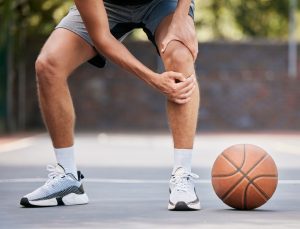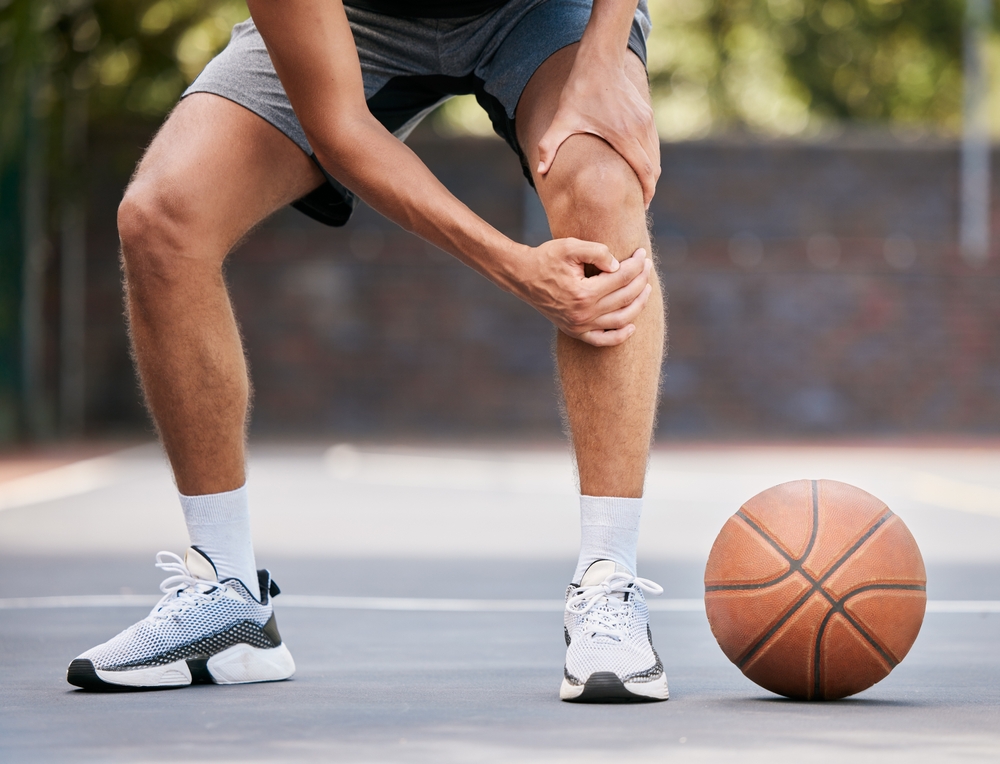ACL injuries & tears
The knee has two ligaments inside the joint, that stabilise it when we are moving forwards or backwards. These are called the anterior and posterior cruciate ligaments. The anterior cruciate ligament or “ACL” connects the back of the thigh bone (femur) to the front of the tibia (shin bone). This article will focus on injury to the ACL, although knee injuries often include injuries to other ligaments and cartilage in the knee joint (also known as meniscus).
Medically Reviewed by Dr
Last updated on 15.03.2024
Method of Injury
The ACL is commonly injured in active people during sports such as basketball, tennis, skiing, football and soccer. It can be injured when there is a mix of jumping, pivoting, changing fast direction or speed. It can also be injured from direct trauma, such as in a car accident or a tackle.
Symptoms of an ACL injury
When you sustain an ACL injury, you often hear a pop as the ligament tears. Afterwards the knee usually swells, is painful and has a sense of instability. It can be hard to walk without assistance. The knee discomfort can depend on the degree of injury and if there is damage to other ligaments or cartilage and may fluctuate in the weeks after the injury. An ACL can be strained, partially ruptured or completely ruptured.
Your doctor will examine your knee and may perform special tests including the anterior draw test, Lachman and pivot shift, which can give an indication of whether the ACL is ruptured.
Investigations & tests for an ACL injury
The most effective investigation for the knee is an MRI because this gives the best views of ligaments and the meniscus. Xray, ultrasound and CT scan are not able to diagnose ACL injuries but can be helpful in diagnosing other injuries such as fractures or cysts.
In Australia, a knee MRI can be covered by Medicare when ordered by a GP if the doctor suspects an ACL tear. This means there is no out-of-pocket cost.
Treatment for an ACL tear
For the initial ACL injury, the standard recommendation for treatment is RICE which stands for Rest, Ice, Compression and Elevation.
After early diagnosis of an ACL injury, treatment is best guided by a physiotherapist. They can help with strengthening of the quadriceps and hamstrings and guide with range of movement exercises that reduce the knee swelling. This is beneficial no matter the degree of ACL injury you have.
Not all ACL injuries require surgery. The decision to proceed with an ACL repair depends on the degree of ACL rupture, your age, preinjury activity level, expectations of outcome and whether you have a desire to return to high-demand sports. The surgery is usually delayed by at least one month from the injury in order to prevent scarring in the knee.


Prognosis for ACL injuries
Whether you have surgery or not, physical therapy is necessary to strengthen the ligaments and muscles that support the knee. It is common to develop early arthritis in the knee that sustained the ACL tear, which makes exercise and strengthening even more important.
Further resources & patient information about ACL injuries
https://emedicine.medscape.com/article/89442-overview
https://www.healthline.com/health/anterior-cruciate-ligament-acl-injury
ACL injuries & tears
ACL injuries & tears The knee has two ligaments inside the joint, that stabilise it when we are moving forwards or backwards. These are called the anterior and posterior cruciate ligaments. The anterior cruciate [...]
What is a fractured penis?
What is a fractured penis? Although the penis doesn’t have a bone in it, it can be fractured! A fractured penis occurs when the spongy tissue that swells during [...]
Could your home be causing asthma and allergies?
Could your home be causing your Asthma? Overview Our homes are not just a roof over our heads- they play a key role in our health, particularly when it [...]
How to fix an ingrown toenail
How to get rid of an ingrown toenail What is an ingrown toenail? Ingrown toenail is an extremely common condition which occurs when the inner or outer side of [...]
On a vegan diet?- some important things you should know
Vegan diet- a beginner's guide What is a vegan diet? A vegan diet, also known as plant-based, describes one that avoids any animal products. There are many subtypes of [...]
How to get rid of Jock Itch
How to get rid of Jock Itch What is Jock Itch? Jock Itch is a common name for the medical condition also known as "Tinea Cruris". Jock Itch is [...]









